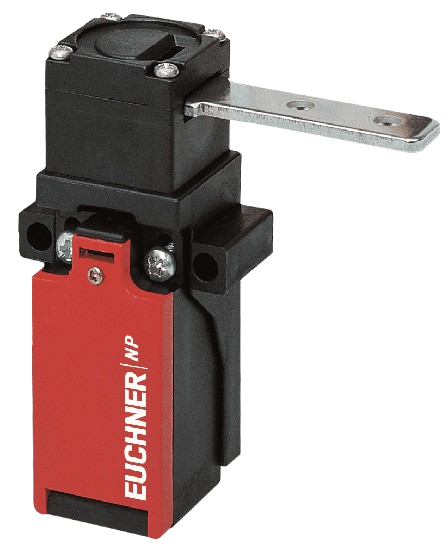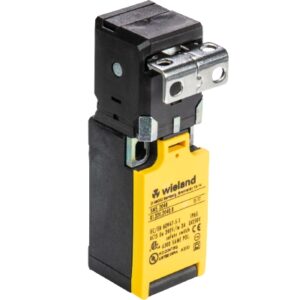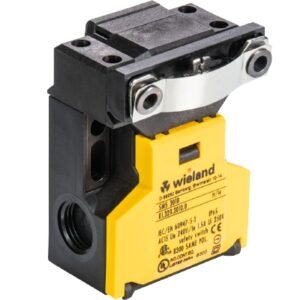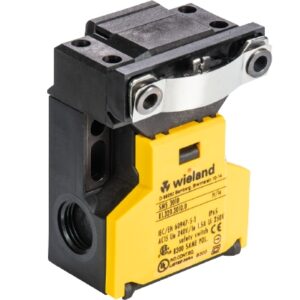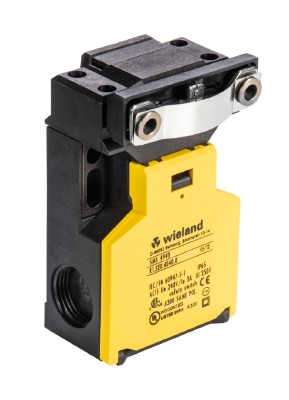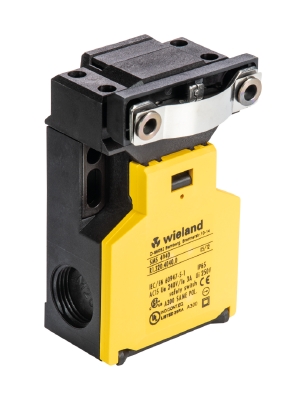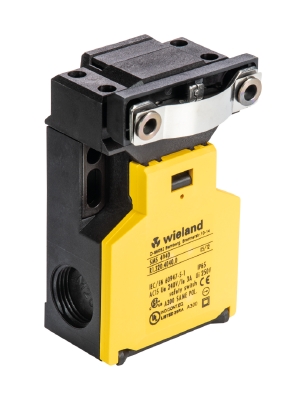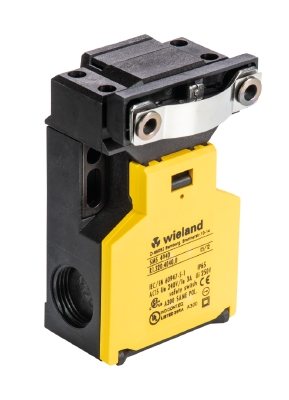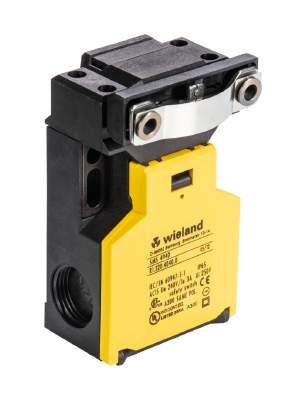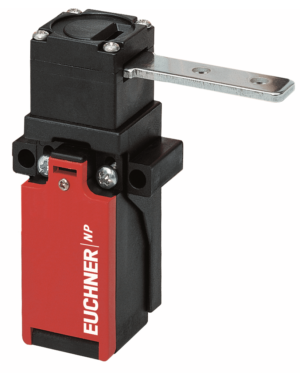Mechanical interlocks are a crucial safety device in many industrial environments, designed to prevent accidental operation and ensure equipment can only be accessed under safe…
Mechanical interlocks are a crucial safety device in many industrial environments, designed to prevent accidental operation and ensure equipment can only be accessed under safe conditions. These systems physically block access to hazardous areas until predefined safety protocols are met.
By integrating safety interlocks into machine guards and control panels, industries can elevate their level of safety and compliance with machine safety standards. Their use is particularly vital in harsh environments where reliability and secure locking mechanisms are essential.
Advantages of Using Plastic Materials in Interlocks
Plastic enclosure designs offer several advantages. Compared to metal housing versions, they are lightweight, corrosion-resistant, and suitable for harsh environments. With housing styles including compact body options and flat actuator compatibility, plastic units are ideal for space-constrained applications. Their housing material contributes to enhanced durability and cost-efficiency, while the polymeric conduit connection supports simplified installation.
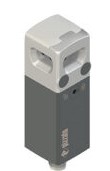
Key Features of Plastic Body Interlocks
Mechanical Interlocks Components
These mechanical safety switches consist of several critical elements: Separate actuator mechanisms for safe disengagement, action contacts configured to specific control logic, and replaceable contact blocks for maintenance. The Safety Switch Actuator’s plastic design provides added flexibility for actuator positions and compatibility with various connection types.
Design and Material Considerations
Plastic Body Interlocks are built using robust design principles. The material housing ensures high impact resistance, while the enclosure protection rating offers defense against moisture and protection against dust. Thermal Current ratings and Degree of protection standards align with demanding Automation systems requirements, ensuring longevity and safety.
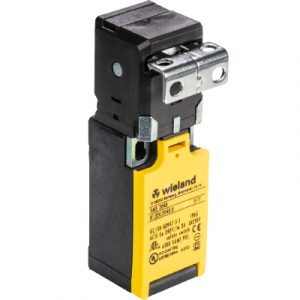
Notable Manufacturers
Contributions of Wieland Electric
Wieland Electric has established itself as a leader in this domain with its Wieland SMS Series. Known for compact design and ease of integration, this product range emphasizes a wide selection of contact configurations, conduit entries, and type of interface options tailored for industrial needs.
Innovations by Pizzato
Pizzato offers a comprehensive range of Plastic Body Interlocks that emphasize modularity and high-performance safety. Their designs focus on flat actuator compatibility, robust materials, and compact formats suitable for modern Automation systems. With an extensive range of models, Pizzato prioritizes reliability and ease of maintenance.
Integration in Safety Systems
Enhancing Safety Protocols
Incorporating Plastic Body Interlocks into industrial safety systems elevates control and monitoring capabilities. These devices integrate with automation panels, applying type of control strategies that allow seamless communication with other safety functions.
Scalability and Modular Design Benefits
Thanks to their modular architecture and compact body, these interlocks support scalable applications. Their compatibility with separate actuators and adjustable actuator positions makes them versatile components within expanding safety infrastructures.
Broader Integration with Safety & Automation Systems
In modern industrial environments, mechanical interlock switches are only one part of an integrated safety architecture. These systems will work in tandem with various critical components such as safety PLCs, safety contactors or safety light curtains (including muting light curtains) to ensure real-time hazard detection and safe machine shutdown. Common peripheral safety devices like the emergency stop button, two hand station, and emergency stop rope pull are all effectively managed by the safety PLC’s logic structure.
Advanced installations frequently also incorporate safety relays, safety non-contact switches, RFID switches and solenoid locking switches—each adding specific protective functions to the machinery. To maintain continuous system health, engineers also deploy standstill monitors, speed monitors, soft starters, and reversing contactors within their automation frameworks. For measuring the product itself, solutions such as measurement light curtains can be integrated.
Beyond motion and logic safety, electrical condition monitoring is equally essential. Devices like insulation monitors, battery monitors, current monitors, voltage monitoring relays, phase sequence relays, undervoltage relays, and undercurrent monitoring relays are often integrated to detect anomalies in power flow or equipment performance, with this data displayable on HMI Touch Panels or similar systems. To support reliable operation, high-quality power relays and regulated power supplies are essential.
Applications Across Industries
Engineering and Manufacturing
Engineering facilities rely on plastic-bodied mechanical interlocks to manage access to CNC machinery, robotic arms, and high-voltage systems. Their high mechanical life and replaceable contact blocks enhance uptime in demanding operations.
Construction and Assembly
In construction and heavy assembly environments, these safety switches ensure personnel protection when dealing with mobile components. Their rugged construction and conduit entries facilitate ease of installation in variable field conditions.
Transport and Logistics
Transport hubs and logistics centers benefit from the interlocks’ reliable protection and delivery address traceability, ensuring equipment is compliant with safety regulations and operational continuity is maintained.
Understanding Function and Design
Role of Keys, Locks, and Actuators
Plastic Body Interlocks utilize keys and actuator mechanisms to control access. With flexible actuator positions and safety interlock functionality, these devices ensure machinery remains inactive unless all safety conditions are met.
Protective Mechanisms against Failures
Equipped with a high degree of protection and robust design, these units are built to withstand harsh environments. Features like enclosure protection and material housing resist external contaminants and mechanical impacts, ensuring long-term safety compliance.
Training and Software for Effective Implementation
Importance of Safety Training Programs
To ensure proper usage, workers must undergo training programs that detail the operation of Safety Switch systems, actuator control, and type of interface protocols.
Utilizing Software for Maintenance and Monitoring
Advanced systems now pair with digital tools for real-time diagnostics and lifecycle management. These platforms track product range status, identify wear on contact configurations, and optimize Delivery dates and maintenance planning.
Trends Towards Advanced Safety Solutions
Innovations in Safety Technologies
Manufacturers are investing in smarter mechanical interlocks featuring integrated sensors, wireless monitoring, and enhanced actuator position detection. These developments are reshaping how automation systems manage access control and response.
Future Developments in Interlock Systems
Expect future iterations to push boundaries on compact design, modular scalability, and interface compatibility. Emphasis will also grow on sustainability in housing material selection and smarter diagnostics to align with Industry 4.0 standards.
